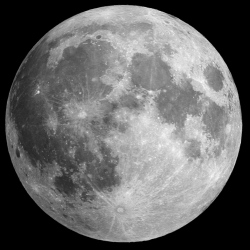
Scientists have been exploring dwelling designs that will allow astronauts to sleep on the moon, but what about good old fashioned camping? Two MIT engineers have developed a solar-powered inflatable pod that could allow astronauts to spend days on the lunar surface without having to return to base for life support.
The mobile camper would allow two NASA astronauts to spend the night to conduct research, with protection from the sun and a support system for vitals and equipment. Moon exploration thus far has been limited, with astronaut explorers only able to examine the moon’s surface for short periods of time as they need to return to their landing modules for life support.
The MIT engineers’ new “camping system” could allow for two astronauts to take their time with research and exploration on the lunar surface, in an easily packed system that, deflated, takes up as much space as a refrigerator and weighs just 273 pounds.
The mobile shelter consists of an inflatable pod supported by silicone-coated fabric tubes, which sits underneath a reflective shield that protects the system (and the astronauts) from overheating. Inside, the 425 cubic feet space is divided into a changing area to help contain lunar dust, and a protected sleeping area.
A portable solar array would power the shelter to activate its climate control, carbon dioxide eliminator, electricity, and battery recharge station for the rover, and operate the airlock. Oxygen, water and food would also be stored in the mobile shelter, giving astronauts all of their needs for days.
